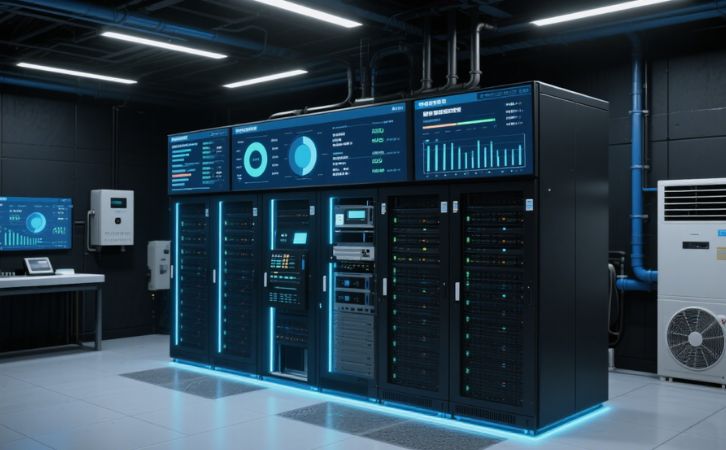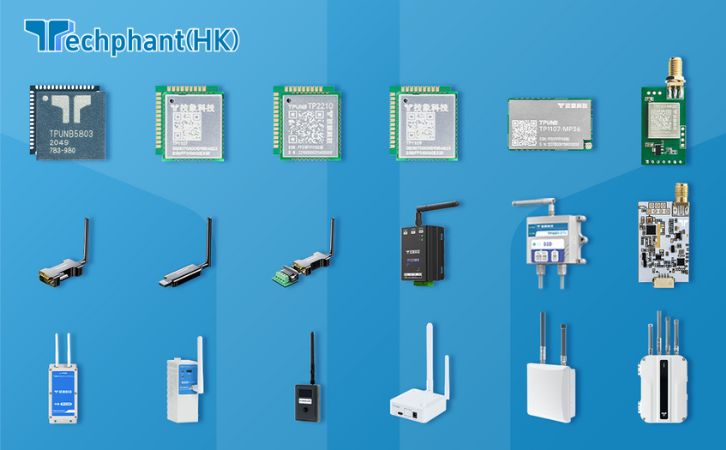Modern buildings demand advanced security solutions to protect occupants, assets, and data in an increasingly complex threat landscape. Smart security systems, combining biometrics and intelligent surveillance, leverage cutting-edge technologies like AI, IoT, and real-time analytics to enhance safety. These systems go beyond traditional locks and cameras, offering seamless, adaptive, and proactive protection. This article explores how biometrics and surveillance integrate into smart buildings to create secure environments, detailing their mechanisms, applications, and benefits.
I. The Role of Biometrics in Access Control
Biometric systems authenticate individuals using unique physiological or behavioral traits, such as fingerprints, facial recognition, iris scans, or voice patterns. In smart buildings, these systems replace or augment traditional keycards and PINs, offering higher security and convenience. For example, facial recognition at building entrances verifies employee identities in under a second, reducing unauthorized access risks. A 2023 report by Frost & Sullivan noted that biometric access systems reduced security breaches in commercial buildings by 25% compared to card-based systems.
Biometric systems integrate with Building Management Systems (BMS) to enable dynamic access control. For instance, in a smart office, employees may only access specific floors or rooms based on their biometric profile, ensuring sensitive areas remain secure. Multimodal biometrics, combining fingerprints and facial scans, further enhance accuracy, minimizing false positives. These systems also log access attempts, providing audit trails for compliance with regulations like GDPR. By offering robust, user-friendly authentication, biometrics elevate security while streamlining occupant experiences.
II. Intelligent Surveillance with AI and IoT
Smart surveillance systems in modern buildings use AI and IoT to transform traditional CCTV into proactive monitoring tools. IoT-enabled cameras, equipped with sensors, capture high-resolution video and environmental data, such as motion or sound anomalies. AI algorithms analyze this data in real time to detect suspicious activities, such as loitering or unauthorized entry. For example, in a smart retail complex, AI can flag unusual crowd patterns, alerting security teams to potential threats like theft or vandalism.
Edge computing enhances surveillance by processing data locally on cameras, reducing latency and bandwidth demands. A case study from a London smart building showed that AI-driven surveillance reduced false alarms by 40%, as reported by the British Security Industry Association in 2024. Integration with IoT ecosystems allows cameras to communicate with other systems, such as triggering lockdowns or notifying emergency services when threats are detected. These intelligent systems ensure rapid, accurate responses, enhancing overall building safety.
III. Seamless Integration for Comprehensive Security
The power of smart security lies in the integration of biometrics and surveillance with other building systems. A centralized BMS or security platform aggregates data from biometric scanners, cameras, and sensors, creating a unified security framework. For instance, if a biometric system denies access to an unauthorized individual, surveillance cameras can track their movements, and AI can analyze their behavior for potential risks. This integration enables layered security, combining authentication, monitoring, and response.
In high-security facilities like data centers, integrated systems can automatically adjust lighting or HVAC to deter intruders while alerting on-site personnel. Cloud-based platforms further enable remote monitoring and management, allowing security teams to oversee multiple buildings from a single interface. A 2024 McKinsey report highlighted that integrated security systems reduced response times to incidents by 30% in smart commercial buildings. By creating a cohesive security ecosystem, these systems ensure comprehensive protection tailored to specific building needs.
IV. Challenges and Mitigation Strategies
Implementing smart security systems faces several challenges that require strategic solutions. High costs for biometric scanners, AI-powered cameras, and integration platforms can be prohibitive, particularly for smaller buildings. However, declining hardware costs—down 20% since 2020, per industry data—and scalable cloud-based solutions are improving affordability. Privacy concerns also arise, as biometric data and surveillance footage can be sensitive. Compliance with regulations like CCPA and GDPR, along with anonymization techniques, mitigates these risks.
Cybersecurity is a critical concern, as networked systems are vulnerable to hacking. Robust encryption protocols, such as TLS for data transmission and AES-256 for storage, protect against breaches. Regular software updates and penetration testing further strengthen defenses. Interoperability issues between diverse devices can hinder integration. Adopting open standards like ONVIF for cameras and BACnet for BMS ensures compatibility. By addressing these challenges, smart buildings can deploy secure, reliable systems that balance safety and privacy.
Conclusion
Smart security systems, integrating biometrics and AI-driven surveillance, are redefining safety in modern buildings. Biometrics provide precise access control, while intelligent surveillance enables proactive threat detection. Seamless integration with building systems creates a robust security framework, and strategic solutions overcome implementation challenges. As threats evolve, these technologies ensure buildings remain safe, adaptable, and occupant-friendly. By embracing smart security, modern buildings not only protect their assets but also foster trust and comfort, paving the way for safer urban environments.



